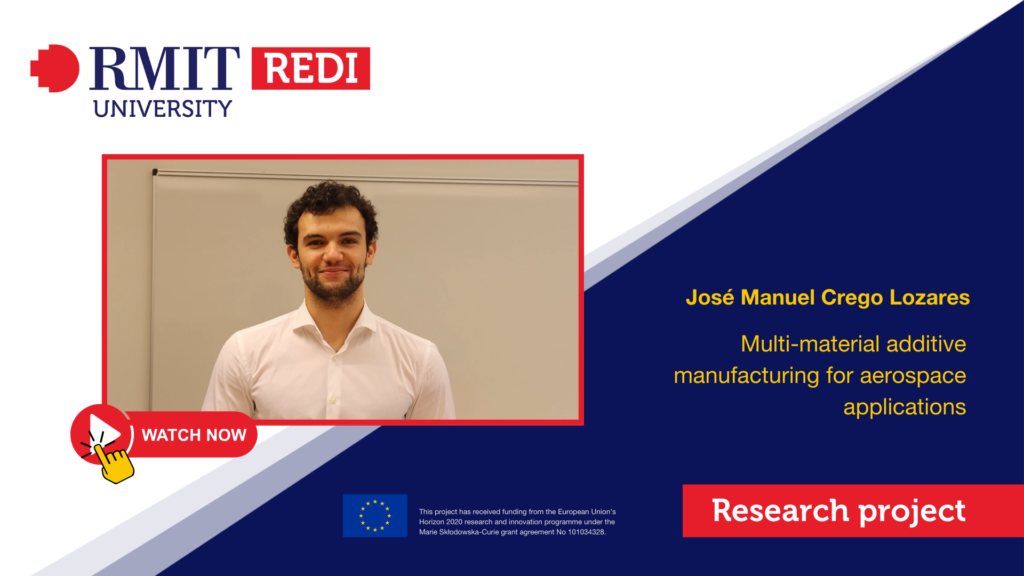Motivated by material shortages and the pressing need to address global warming, next-generation components in aerospace, biomedical, and automotive industries are required to be not only reliable but also multifunctional. Bimetallic components—made by combining two or more materials strategically—are increasingly seen as a promising solution to meet these demands, offering tailored properties to suit different regions of a part. However, their production, particularly through advanced methods like Laser Powder Bed Fusion (PBF-LB/M), presents significant challenges.
This project focuses on the CuCrZr/IN718 alloy pair, a combination of great interest for aerospace applications such as rocket combustion chambers. While this material pair promises excellent heat dissipation and mechanical performance in extreme environments, the differences in their physical properties lead to cracking and unwanted phase formation during solidification, limiting their viability.
To address these challenges, this research investigates the mechanisms behind defect generation at bimetallic interfaces, including the role of processing parameters, melt pool dynamics, and interfacial microstructure. A key goal is to minimise intermixing while ensuring robust metallurgical bonding, enabling crack-free and dimensionally accurate components.
The findings of this work will provide deeper insight into the behaviour of multi-material interfaces and offer practical strategies for optimising the PBF-LB/M process. Beyond contributing to fundamental research, the results have the potential to streamline manufacturing workflows, reduce material waste, and pave the way for more efficient and sustainable production of high-performance bimetallic components in aerospace and beyond.
Watch a video about José‘s project:
